TABLE OF CONTENTS
Buying the right RAM (Memory) kit is a crucial step towards maximizing the performance of your system.
But if you’re building your system in a small form factor (SFF) case, or you have a large air cooler that causes clearance issues with your RAM modules, you need to make sure that the RAM modules don’t just perform well, but actually fit.
Low-profile RAM modules are more compact than their regular-sized brethren, yet fit into the same slots on your motherboard. The main difference is height, with low profile RAM typically coming in at a maximum of 34mm.
Regular RAM modules, especially those that have large heatsinks or RGB lighting, are much taller.
The smaller footprint is achieved by
- reducing the actual height of the printed circuit board (PCB)
- making the heatsink as compact as possible (or removing it altogether in some cases)
Combine these two factors, and you have a smaller overall RAM module.
Despite the physically smaller size, at stock settings, low profile RAM performs identically to a kit that either has a taller PCB or has a bulky heatsink attached to it, provided both have the same capacity, frequency, and latency.
At stock frequencies. If you’re looking to do some heavy overclocking, RAM modules with heatsinks tend to stay much cooler.
When do you need low-profile RAM?
There are two scenarios where low-profile RAM makes sense or becomes a necessity.
The first is building a compact system, such as a Small Form Factor PC. Here, you should aim for all components to be as compact as possible, and a low-profile RAM kit will help you save space as well.
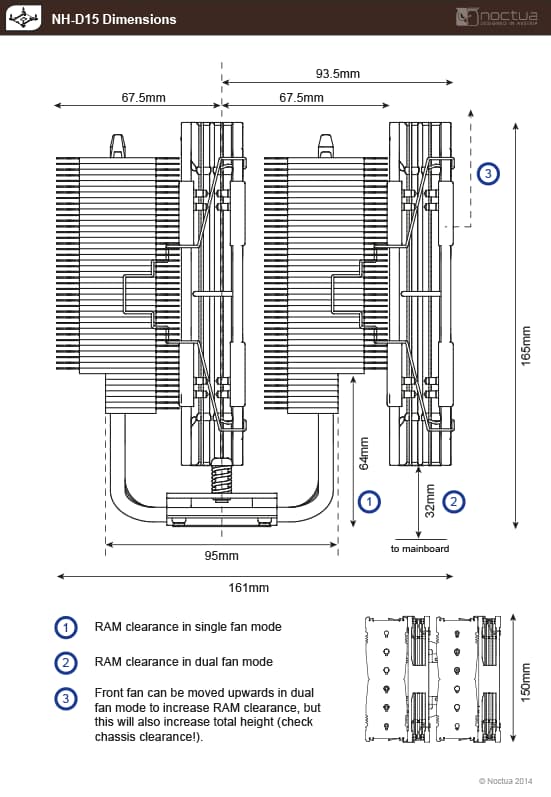
Image-Source: Noctua
Even if you don’t have clearance issues (as stated in a Noctua Cooler Manual (2) in the Image above), a low-profile RAM kit leaves more room for airflow or cable management.
The other scenario is when you have a beefy CPU Cooler. Coolers like Scythe’s Ninja 5, or Noctua’s NH-D15, both of which are tower coolers with two fans, are what can be considered beefy.
Both coolers overlap with at least one or two RAM slots on your motherboard, and you won’t be able to fit a tall RAM module beneath them. In this case, low-profile RAM is your only choice.
Low-profile CPU coolers, which have the fan(s) placed horizontally rather than vertically are somewhat of a special case.
Albeit being considered low-profile, the horizontal placement of the Fan makes these Coolers wide and they can partially cover the DIMM slots. Low-profile RAM kits will help in making sure you avoid any clearance issues.
The compromises with low profile RAM
There are a couple of compromises with low-profile RAM, but none of them will impact performance.
The first compromise is purely aesthetic – you won’t find a low-profile RAM kit with RGB lights as these take up a lot of room.
The other compromise is the heatsink. Some Low Profile RAM Kits refrain from adding a heatsink at all to make the modules as low-profile as possible.
The lack of a heatsink has minimal impact on temperatures, and unless you’re using extremely high-performance RAM, or overclocking your RAM modules, it’s not something you’ll notice in day-to-day use.
How do you choose the best low-profile RAM?
Picking the best low-profile RAM isn’t all that difficult, you just need to consider a few factors and find the kit that checks all the boxes:
Height
Low-profile RAM Modules come in at a maximum height of 34mm, but depending on your build, that might already be too much.
Corsair’s Vengeance LPX kit, which is one of our recommendations, is 34mm tall and has a heatsink. Opting for a kit that doesn’t have a heatsink, like the Patriot Signature (~31mm) Line Series, will shave off a few extra millimeters for an even more compact kit.
Check your CPU Cooler’s compatibility with the RAM Modules you’re looking to buy. Most CPU Cooler Manufacturers state clearance on the CPU Cooler’s product page.
Capacity
The current standard RAM capacity for modern builds is 16GB. However, if you need your system for demanding workloads, such as video editing or 3D modeling, get as much as possible.
32GB is good, but if it fits your budget, consider 64GB. Professional workloads like working and rendering in Cinema 4D or Blender will benefit from more RAM.
Always get a kit of at least two RAM sticks.
This enables your system to access the memory modules in dual-channel mode rather than single-channel, something that can increase the performance in bandwidth-demanding workloads.
You can check out some single vs dual channel memory benchmarks by Steve from gamersnexus. If you need 16GB of RAM, get two 8GB sticks, if you need 32GB of RAM, get two 16GB sticks, and so on.
If you’re building an HEDT System with access to Quad or even Octa Memory Channels consider buying 4 or even 8 RAM Modules for best performance.
Speed (frequency and CAS latency)
You need to consider the kit’s frequency in megahertz (MHz).
Higher frequency equals faster RAM, and this significantly impacts performance. While 3200MHz to 3600MHz is a good starting point, to squeeze even more performance out of your system, you can benefit from even faster RAM in some workloads.
When you start going above 3600MHz, the price of the kits tends to skyrocket, which means you’ll need to find the value sweet spot.
CAS (column address strobe) latency is how many clock cycles pass from the moment data is requested, to the moment the data is available.
A lower CAS latency kit will be faster than a higher CAS latency kit if they’re both at the same frequency.
This also means that a higher frequency RAM kit with a higher CAS latency doesn’t necessarily perform better than a kit with a lower frequency and lower latency.
The overall RAM speed is a combination of both, so here’s what you do: find the highest frequency that’s supported by your processor and motherboard, and then buy the kit that has the lowest latency at that frequency, provided it fits your budget. This is how you score the fastest RAM possible.
Here’s an example: A 32GB CL16 3200MHz Kit will be faster than a 32GB CL18 2666MHz Kit.
In crude terms: The lower the latency and higher the frequency, the better.
Check the QVL list
Some motherboard manufacturers provide a qualified vendor list (QVL), which is a list of components (including RAM) that have been tested and confirmed to work with a particular motherboard.
If you want to be sure your RAM kit will work on the motherboard you own or are thinking of buying, looking it up on the motherboard’s QVL list is a good way to be certain.
There will also be RAM kits that aren’t on the QVL list, though, yet work without issues.
Don’t mix and match
Keep in mind you should never make the mistake of mixing and matching RAM kits. When going for two (or four) sticks of RAM, get identical models in terms of frequency and CAS latency.
If you get two RAM modules with a different frequency or CAS latency, your system will run at the speeds of the slower stick, not the faster one – If it runs at all.
Minimize the risk of System instability by buying your final amount of RAM Capacity in one Kit. Don’t buy multiple Kits to reach your desired RAM Capacity. Modules within the same Kit are factory tested and will work together well.
The best low profile RAM kits you can buy today
Disclaimer: We will be listing 16GB kits consisting of two 8GB sticks, clocking at 3200MHz. However, if a kit is available in a higher capacity or a higher frequency, we’ll mention that.
Corsair Vengeance LPX
RAM Module Height: 34mm
Corsair’s Vengeance LPX kit is among today’s most popular RAM kits, period. With an all-black heatsink, a total height of just 34mm (including the heatsink), and excellent performance, this is a no-compromise solution for people who need the best low-profile RAM.

Image-Source: Corsair
It’s available in higher capacities, up to 128GB, and higher frequencies, up to 4600MHz. Some of the lower frequency kits go up to a CAS latency of C13, while most of the options at 3000MHz and above are either C16 or C19.
The Vengeance LPX kit comes with hand-sorted chips which make sure performance is consistent, but also guarantee overclocking headroom. Both the PCB and the heat spreader are made for high-performance applications, which makes the modules perfect for intense workloads like video rendering or 3D modeling.
If you don’t like the all-black heatsink, the Vengeance LPX does also come in red, white, or blue, so you can match it to the rest of your build.
G.Skill Aegis
RAM Module Height: 31.25mm
The Aegis series by G.Skill comes in at a height of 31.2mm, and a variety of capacities and frequencies. The black and red theme isn’t everyone’s cup of tea, but if you’re building a system that goes well with those colors, or have a case without any glass panels, it’s an excellent choice.
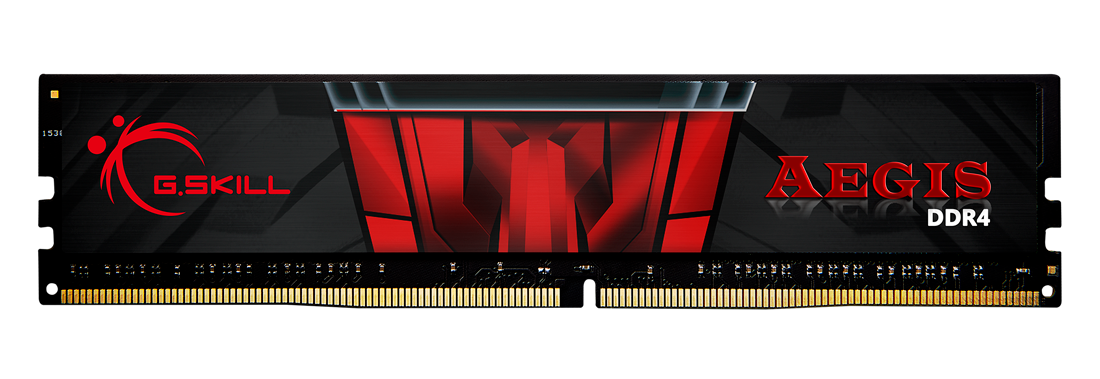
Image-Source: g.skill
The kit comes in capacities of up to 64GB, and frequencies of up to 3200MHz. CAS latencies are all over the place – you can get everything from C15 to C19, but it all depends on the frequency you’ve chosen and how much you’re willing to pay. For example, the 3200MHz kits only come in C16 timings, and if you want the faster C15, you’ll have to drop to 2400MHz, which we wouldn’t recommend.
However, the Aegis lineup is meant to be a budget low profile RAM option, and for that, it does the job. If you can make the color scheme work and don’t want to spend too much, it’s a great option, and performance is on par with the competition.
TEAMGROUP T-Force Vulcan Z
RAM Module Height: 31.6mm
If you don’t care too much about having a big-name brand behind your RAM kit, TEAMGROUP’s T-Force Vulcan Z is a great choice. The 31.6mm height certainly puts them in the low profile category, and that includes a rather beefy heatsink that does a great job keeping the modules cool.

Image-Source: Teamgroup
You get a lot of choices in terms of capacities, frequencies, and CAS latency. The T-Force Vulcan Z is available in capacities of up to 64GB, frequencies of up to 3600MHz, and either C16 or C18 timings, depending on the kit you go for.
We have zero complaints about performance, and there’s one thing that surprised us – TEAMGROUP gives you a lifetime warranty on the T-Force Vulcan Z, which does inspire confidence. Add to this the option to pick your color (silver, red or yellow camouflage), and the reasonable price, and it becomes obvious why the T-Force Vulcan Z is constantly out of stock everywhere.
HyperX Fury
RAM Module Height: 34.1mm
HyperX is the high-performance product division of Kingston, one of the world’s largest manufacturers of memory, and the Fury is their bestselling line of RAM kits. They’re simple, they perform great, and they keep the price reasonable – sounds like a great combination, right?

Image-Source: HyperX
You get to choose capacities of up to 128GB, frequencies of up to 3733MHz, and CAS latencies of up to C15, all of which is great. What’s impressive is that the 3200MHz kit comes at a C15 latency, whereas competitors stick with C16.
In terms of design, the HyperX Fury lineup is very simple. A metal heatsink that does a great job at keeping the memory modules cool, a couple of HyperX logos here and there, and that’s it. The overall height is 34.1mm, which puts it right on the edge of the low profile category, and the performance and price make it a great choice.
Patriot Signature Line Series
RAM Module Height: 31.25mm
At a height of only 31.25mm, Patriot’s Signature Line Series is one of the smallest low-profile RAM kits out there. And while that does come at a cost – complete lack of a heatsink, we didn’t notice any issue with performance or temperatures.

Image-Source: Patriot
The Signature Line Series kits come in a staggering number of combinations. Capacities range from 4GB to 64GB, frequencies range from 2133MHz to 3200MHz, and CAS latencies range from C22 to C15. Unfortunately, the 3200MHz kits are all C22, and if you want to get at least C17, you need to go down to 2400MHz.
The performance is good, but nothing to write home about. With no heatsinks, Patriot did need to limit it somewhat to avoid temperature issues. It does come at a reasonable price, though, so if you don’t mind the timings and need as low of a profile as you can get, by all means, go for it.
Wrapping things up – over to you!
There are plenty of low-profile RAM kits that you can buy without having to sacrifice performance. From Corsair’s bestselling Vengeance LPX to Patriot’s extremely compact Signature Line Series, there’s something for everyone’s needs.
Which one of the kits do you like best? And which one do you think will fit best in your next build? Let us know in the comments or our forum!
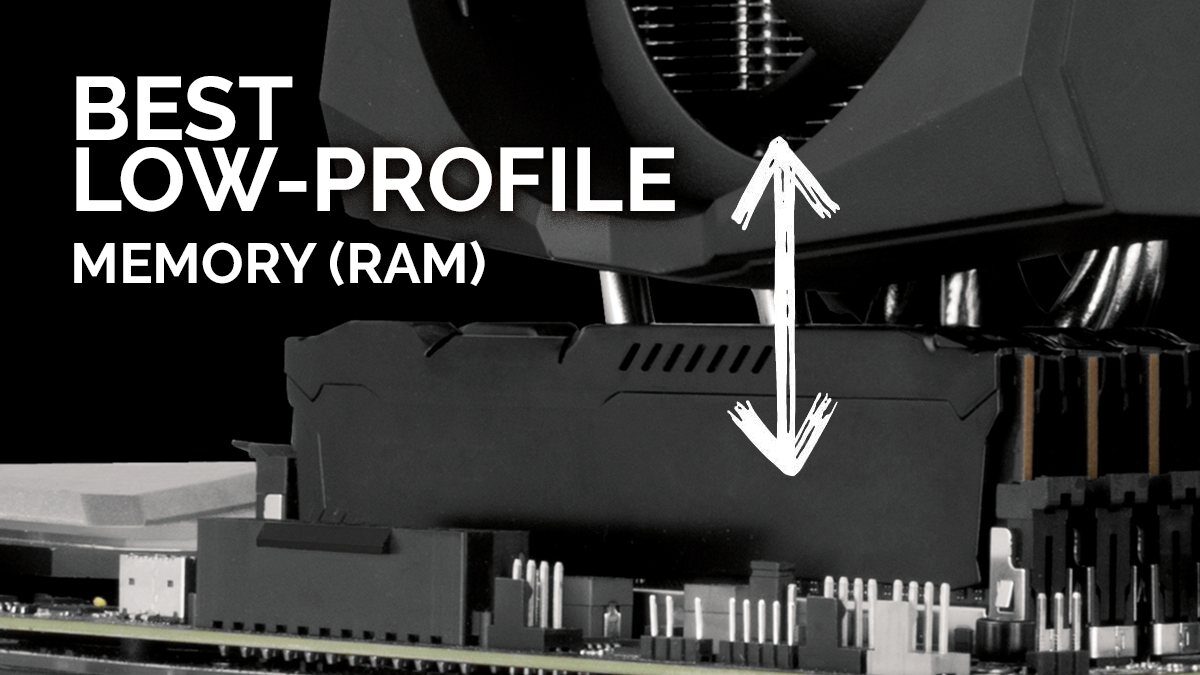
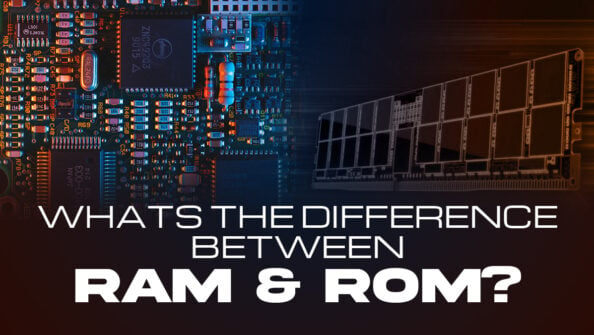
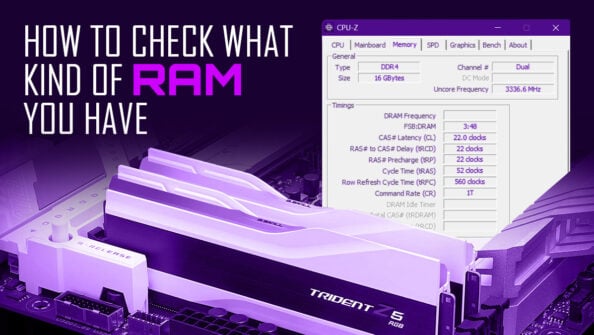
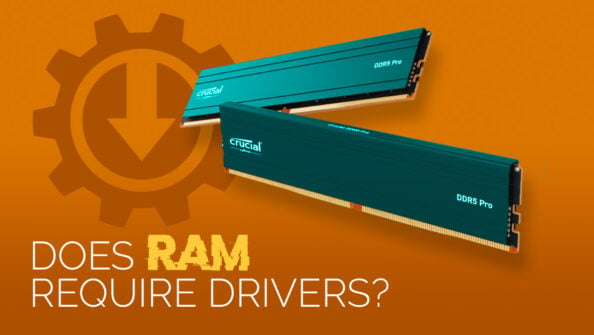
![How Much RAM Does my PC Support? [How to Check] How Much RAM Does my PC Support? [How to Check]](https://www.cgdirector.com/wp-content/uploads/media/2023/10/How-Much-RAM-Can-My-Computer-Take-Twitter-594x335.jpg)

0 Comments